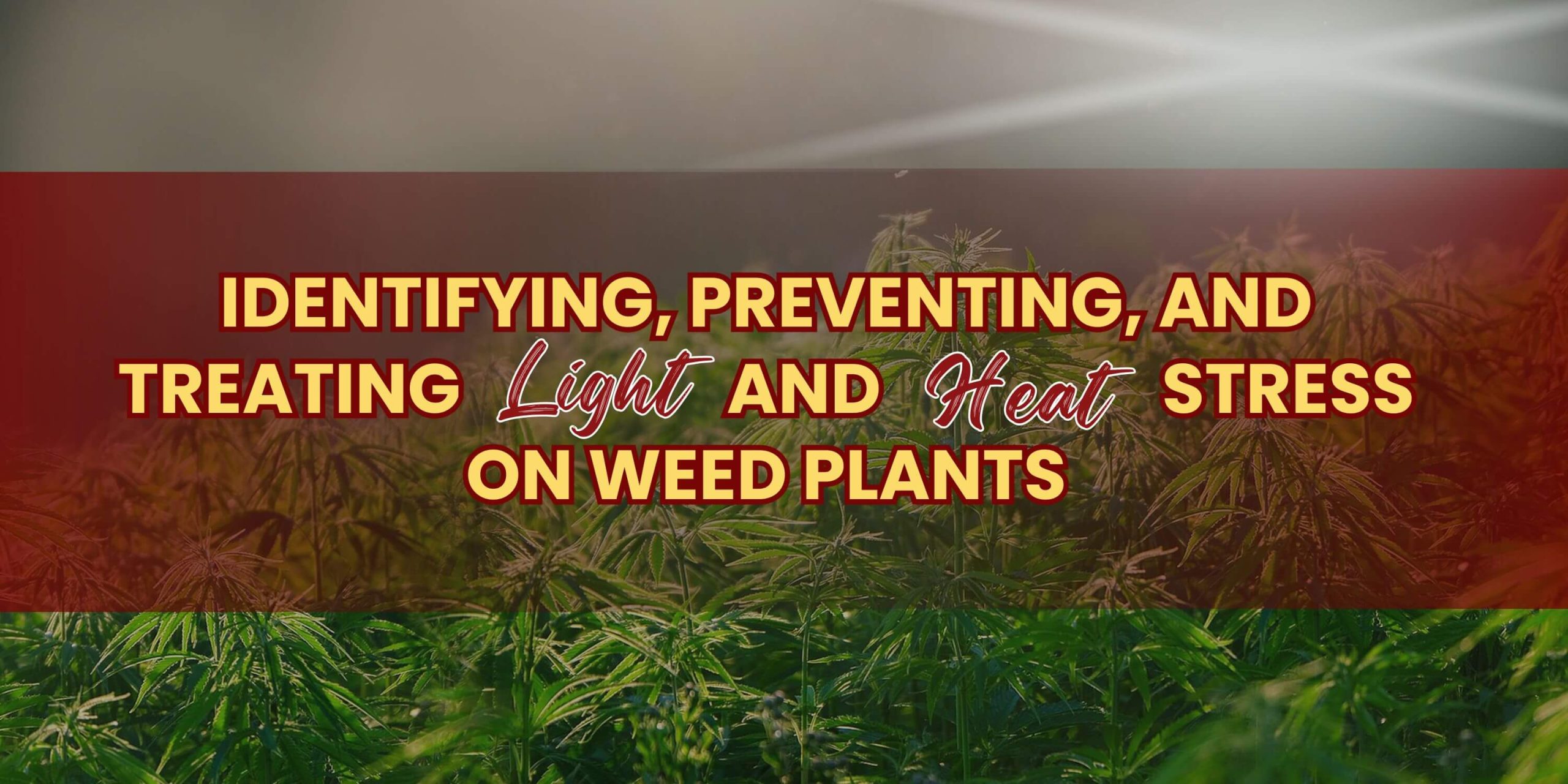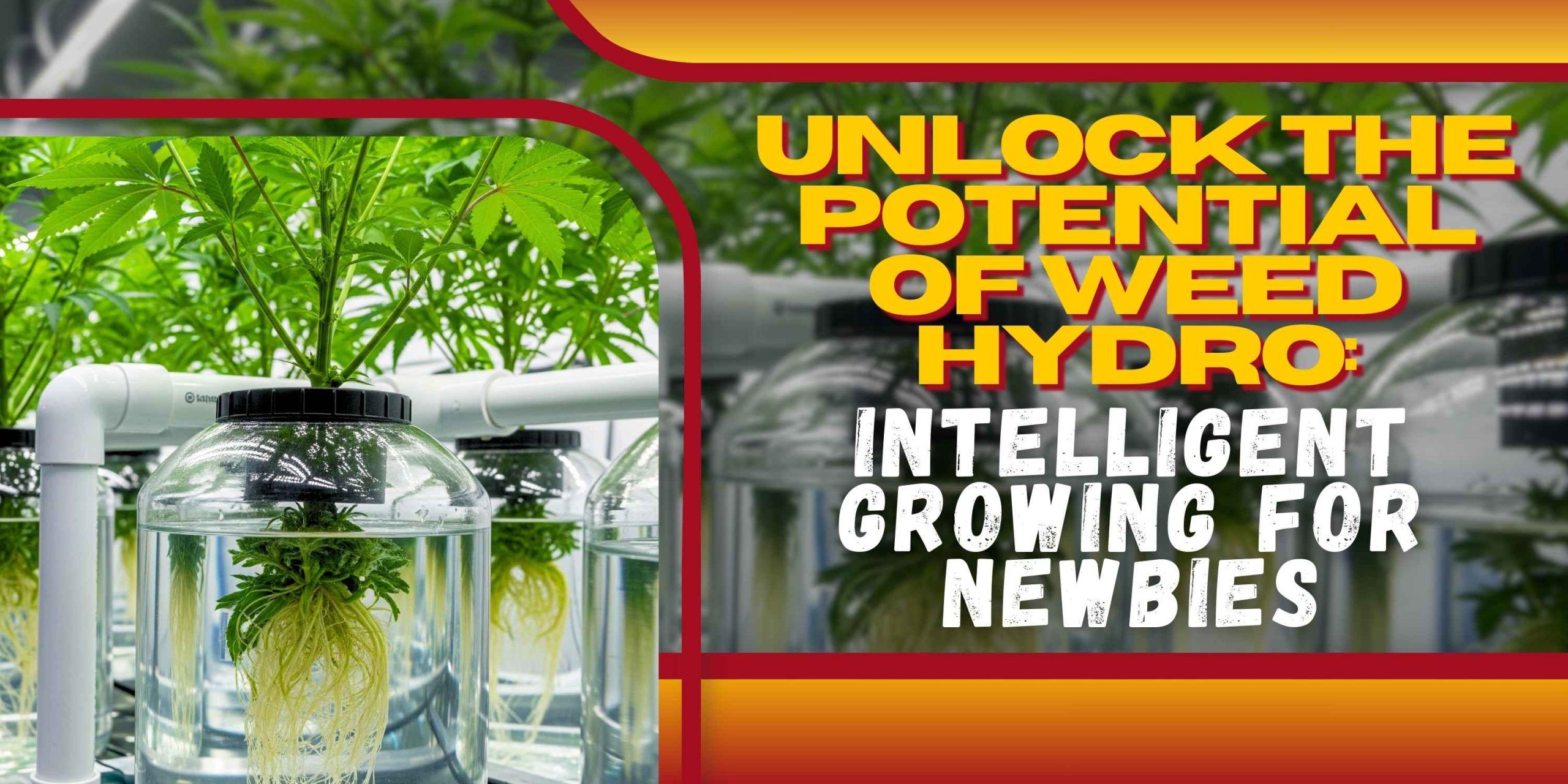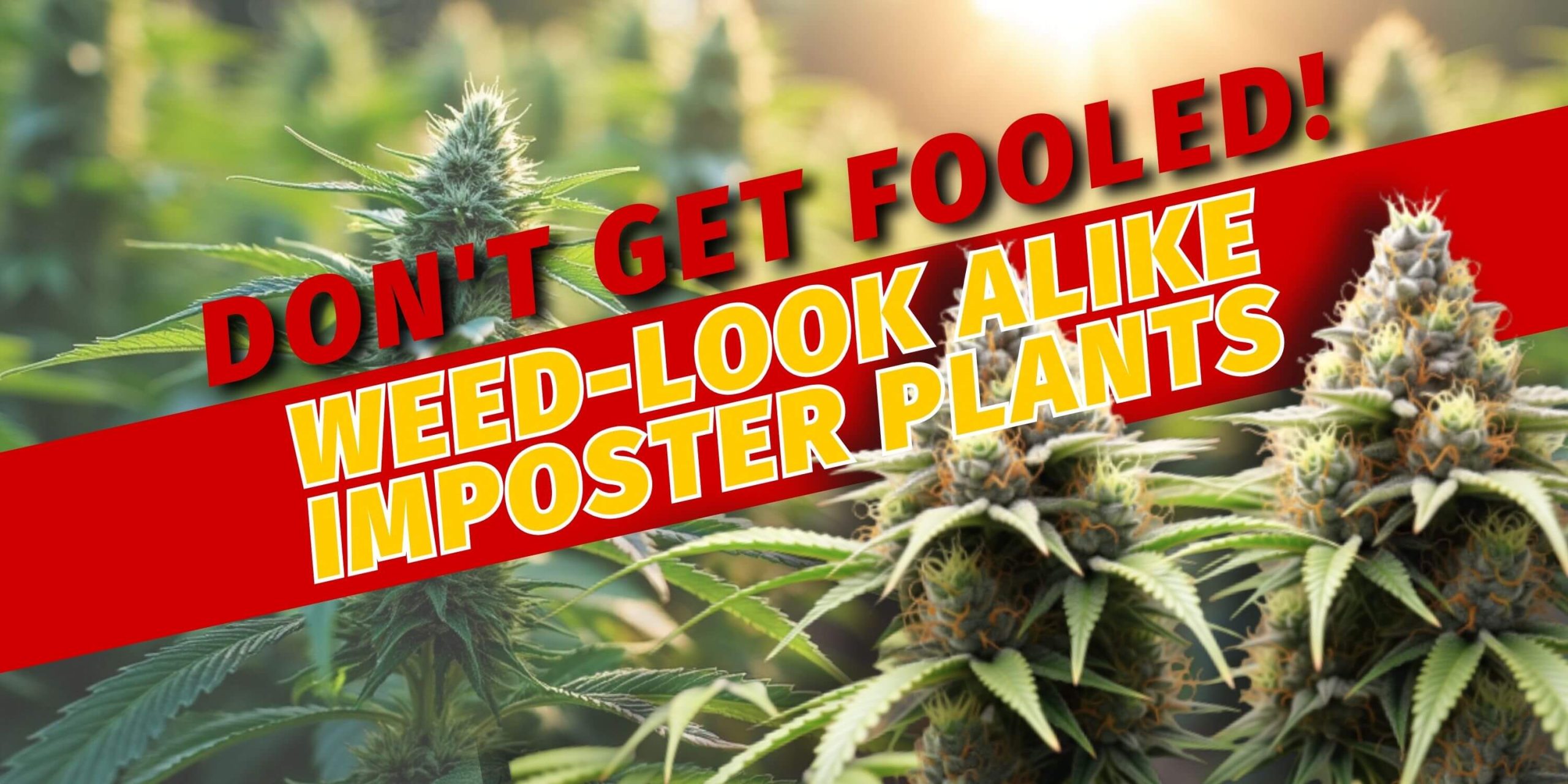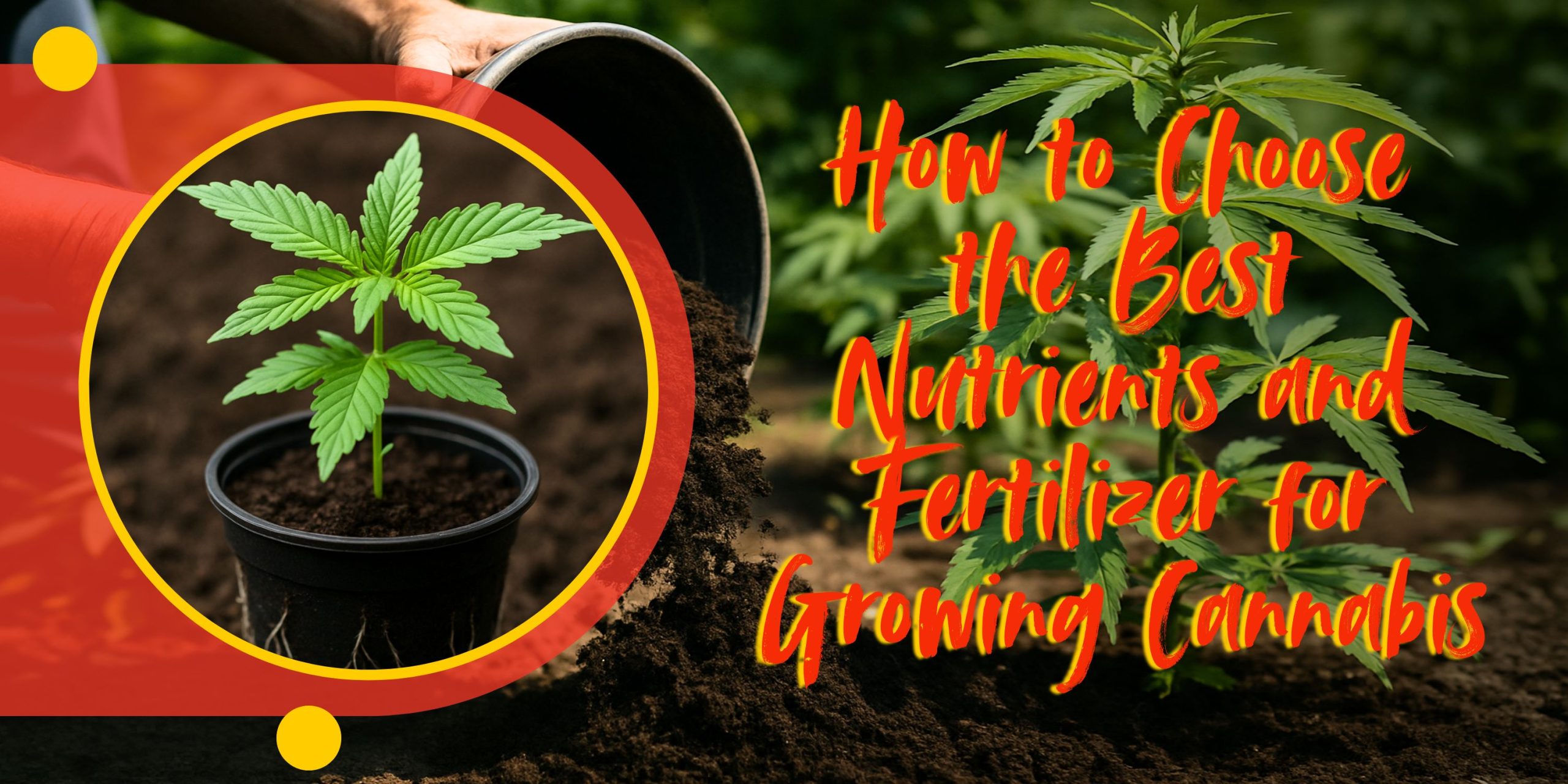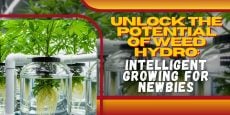Light and heat stress on weed plants tend to go hand in hand, especially for indoor grow rooms or greenhouses where artificial light generates additional heat. Outdoor growers are not immune either, as too much sunlight and temperature fluctuation can harm crops. Understanding how to identify, prevent, and remedy these stresses can mean the difference between a healthy harvest and a suffering crop.
Understanding Heat Stress in Cannabis
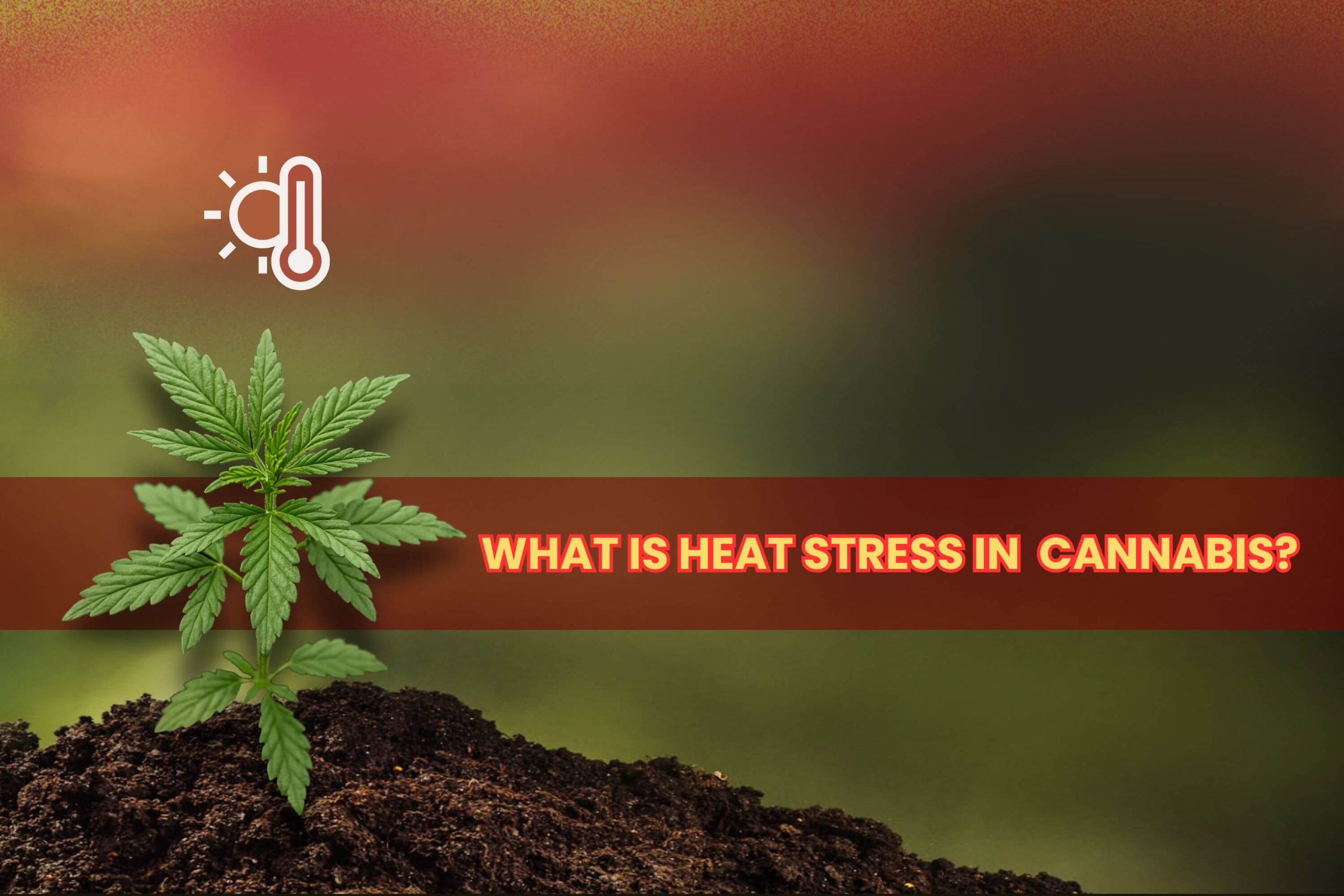
Symptoms of Heat Stress
Heat stress is insidious in the sense that it starts with mild symptoms that are quite easy to mistake for nutrient deficiency or other environmental issues. But if left unchecked, heat stress will inflict widespread injury on plants and severely limit your final yield.
- Leaf Cupping or Tacoing: The initial sign of weed plant heat stress is the cupping or rolling of leaves. This is accomplished by the plant in an attempt to minimize the surface area exposed to the additional heat, thereby conserving moisture loss. Leaves will begin to dry out and become brittle if the problem is not corrected.
- Leaf Scorch and Discoloration: Too much heat can cause yellowing or browning of the leaf tips and edges that typically look similar to the symptoms of nutrient burn. The discoloration is caused by too much heat, which kills the cells and dehydrates them, and the leaves lose their dark green color.
- Foxtailing and Abnormal Bud Growth: Cannabis plants that are exposed to extended heat stress during flowering will develop elongated, airy buds in a phenomenon known as “foxtailing.” While some genetic foxtailing is natural, heat-induced foxtailing will decrease bud density and potency.
- Wilting and Drooping: Cannabis leaves utilize water to provide structure. As plants shed excess water due to heat, they begin to wilt and droop. While this symptom is easily mistaken for underwatering, if it’s coupled with other heat stress symptoms, the likely cause is too much temperature.
Causes of Heat Stress
Heat stress is activated when cannabis plants are subjected to temperatures beyond their ideal zone, typically higher than 85°F (29°C) during the vegetative stage and 80°F (27°C) during the flowering stage. Several factors cause heat-stressed weed plants:
- High Ambient Temperatures: Growing indoors or outdoors, exposure to high temperatures can lead to cannabis heat stress. Indoor growers must monitor room temperatures closely, while outdoor growers must take precautions when summer heat waves are imminent.
- Poor Air Circulation and Ventilation: Trapped air will retain heat around the plant canopy and cause hotspots. Without airflow, plants cannot cool themselves through transpiration and so they become stressed.
- Too Much Heat from Light Intensity: High-intensity lights, including HID (High-Intensity Discharge) lights and certain LED setups, produce plenty of heat. When lights are too close to the canopy, they can burn the leaves directly.
- Low Humidity Levels: Heat stress is also exacerbated when the humidity levels are too low, as plants lose water more rapidly through transpiration. A balanced humidity level reduces the danger of dehydration.
Prevention of Heat Stress
Heat stress prevention is optimally done by actively controlling the growing environment. The following are some useful techniques:
- Optimize Temperature Control: Use air conditioning, exhaust fans, and intake fans to regulate temperatures. If growing outdoors, consider shading your plants during peak sunlight hours.
- Improve Ventilation and Air Circulation: Installing oscillating fans ensures even airflow around plants, preventing heat buildup. For indoor growers, an effective exhaust system is crucial for venting hot air out of the grow space.
- Use the Right Lighting Setup: LED grow lights produce significantly less heat compared to HID lamps. If using HID lighting, ensure a proper cooling system is in place to dissipate excess heat.
- Manage Humidity Levels: Keep relative humidity at 40-70% during the vegetative stage and 40-50% during flowering. Using a humidifier or dehumidifier helps maintain the right balance.
- Monitor Plant Response: Watch closely for signs of stress and adjust environmental conditions accordingly. With humidity and temperature sensors, environmental conditions can be measured with accuracy.
Treatment of Heat Stress
If your plants already are experiencing symptoms of heat stress, take action immediately:
- Reduce Temperature Immediately: Enhance airflow, turn on fans, or lower temperature using air conditioning. If outdoors, move potted plants into the shade.
- Increase Humidity: If too much transpiration is caused by heat stress, raising the humidity levels will reduce water loss.
- Adjust Light Placement: If lights are too close to the canopy, move them upward to reduce heat exposure.
- Provide Additional Watering: Heat-stressed plants require additional water but do not overwater. Ensure good drainage to prevent root rot.
- Use Stress-Reducing Supplements: There are supplements that contain seaweed extracts and silica, which can help plants recover from heat stress by strengthening the cell walls and enhancing resistance.
Understanding Light Stress in Cannabis

Symptoms of Light Stress
Cannabis adores intense light, but overexposure causes light stress, and it is displayed in the following way:
- Leaf Bleaching and White Patches: Excessive exposure to strong light can cause some areas of the leaves to lose their green pigmentation, resulting in bleached spots.
- Leaf Curling and Tacoing: Similar to heat stress, leaves also curl upwards when they receive excessive light. It is the plant’s way of reducing the exposed surface area to strong light.
- Stunted Growth: Instead of growing vigorously, light-stressed plants can also fail to grow properly, developing smaller leaves and thinner stems.
- Bud Bleaching: Light stress in flowering plants can cause buds to turn white. While still smokable, bleached buds are often devoid of potency and flavor.
Prevention of Light Stress
Preventing light stress involves careful control over light exposure:
- Maintain Appropriate Light Distance: Follow the distances recommended by the manufacturer for your specific grow lights. Generally, LED lights should be 12-24 inches from the canopy, and HID lights may require more distance.
- Use Light Intensity Meters: A PAR (Photosynthetically Active Radiation) meter measures light intensity so that the plants receive the proper amount.
- Offer a Light Schedule: Avoid overexposure of plants to light. Keep 18/6 (18 hours light, 6 hours dark) for the vegetative stage and 12/12 for flowering.
- Change Lighting for Different Growth Stages: Young seedlings require less light intensity than mature plants. Gradually increase exposure as plants grow.
Treatment of Light Stress
When plants show signs of light stress, use the following remedial measures:
- Move Lights Further Away: If plants are too close to the light source, relocate them further away immediately.
- Reduce Light Exposure Duration: Shortening the light cycle can help plants recover.
- Use Shade Nets for Outdoor Plants: Shade cloths can filter direct sunlight when growing outdoors, reducing stress.
- Monitor Daily for Changes: Light stress can be subtle when it first appears, so monitor daily for signs of recovery after treatments are adjusted.
Conclusion
Both heat and light stress can be especially crippling to the health of cannabis plants, reducing yields and quality. By understanding the causes, symptoms, and prevention, growers can create an ideal environment where plants thrive. Good ventilation, constant monitoring, and lighting management techniques are all crucial to a successful harvest. Keep a close eye on your plants, adjust as needed, and enjoy a stress-free grow!
FAQs on Heat and Light Stress in Cannabis Cultivation
1.Do cannabis plants recover from heat stress?
Yes, cannabis plants recover from heat stress if the issue is addressed early. Lowering temperatures, increasing airflow, adjusting humidity, and supplementing with stress-reducing nutrients like silica can cause plants to recover.
2.How do I differentiate between light stress and heat stress?
Light stress is accountable for leaf bleaching, leaf curling upwards, and bud whitening, while heat stress leads to leaf cupping, wilting, and scorching of leaf tips. The reason can be established by monitoring temperature and light intensity.4
3.Will heat stress affect THC levels?
Yes, high heat will degrade THC as well as other cannabinoids, reducing potency. High heat for extended periods of time will also cause terpenes to evaporate, affecting flavor and aroma.
4. Can I use CO₂ to render plants more heat-stress resistant?
Yes, supplementing with CO₂ can render plants more resilient to increased temperatures, but only up to a point. CO₂ enrichment ideally should be coupled with proper cooling.
5.How do I most effectively cool an outdoor cannabis plant?
Shading, mulching to keep the soil moist, watering at cooler times, and employing misting systems can be used to shield outside plants from severe heat stress.


